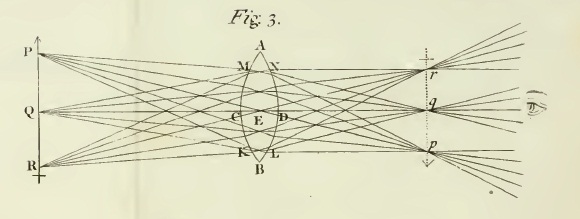
13:47 17 March 2011 by Ferris Jabr
Many neuroscientists would agree that the human brain is like Silly Putty, that incredibly malleable children's plaything, in that learning can constantly reshape the ways in which neurons connect with one another.
But Henry Markram at the Swiss Federal Institute of Technology in Lausanne thinks the brain may be more like another children's toy: Lego bricks.
A Lego set can be used to build all kinds of structures, but you cannot change the bricks themselves. Similarly, our brains may create new memories by rearranging discrete and fundamental building blocks of knowledge, Markram says.
"We have repeatedly observed how synapses change in response to stimulation and experience," he says, "but the question we were trying to answer was whether this is happening on top of a clean slate or on top of some kind of prearranged organisation."
Markram and his team devised a method of listening to the electrical activity in individual brain cells simultaneously using very fine needles threaded with wire. In over 200 experiments with brain tissue from two-week-old rats, the researchers recorded chatter in groups of 12 neurons, exciting one cell at a time and waiting for responses in the others, in order to map the connections between them.
Common neighbours
If the brain is like putty and can be flexibly moulded by experience, then any one neuron in the group should have an equal probability of being connected to any other neuron, Markram says. But that is not what he found. Instead, Markram's analysis revealed what he calls the "common-neighbour rule": the chance that any two neurons are linked, and the strength of the bridge between them, is directly proportional to number of neighbours they share.
The researchers constructed a computer simulation of 2000 neurons and applied the rule to determine how the virtual brain cells would hook up. When they used the simulation to replicate their experiments on rat brains, they got almost exactly the same results.
They also found that the common-neighbour rule created functional groups of 40 to 50 neurons, which Markram thinks are the "Lego blocks" of memory.
"We're all given the same building blocks, but it's how they are connected that matters," he says. "We think of them as elementary processing units. Because of these units, we can all perceive the same things but have unique memories."
Placeholders for knowledge
Markram says this is the first experimental evidence that basic blocks of knowledge are built into the brain's neuronal architecture. He also says it is possible that these Lego blocks act as placeholders or vessels for knowledge that will be gained throughout life.
"These are the smallest units of the brain that can hold knowledge," he says. "What we need to know now is what kind of knowledge they contain.
Journal reference: Proceedings of the National Academy of Sciences, DOI: 10.1073/pnas.1016051108

No hay comentarios:
Publicar un comentario